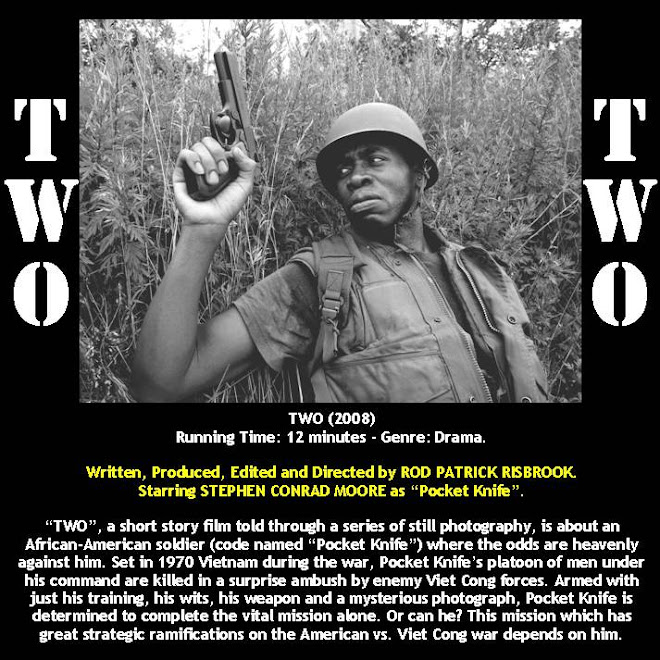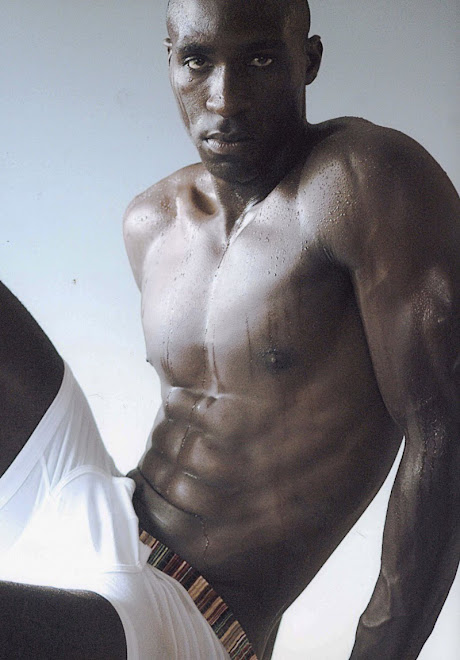Hey Black Family,
This is not the first time I've heard of Niankhkhnum and Khnumhotep, supposedly ancient Egyptians as a same gender loving couple.
The following pictures and captions in my opinion are quite compelling, though I admit there could be a bias on my part because I am a Black male who is same gender loving. Still, seems a little too intimate in my personal interpretation to be just buddies or biological brothers, cousins, etc.
In any event, the hieroglyphics that were found are INCREDIBLY FASCINATING to say the least and I wanted to share the pictures. You can make your own evaluation.
The following pictures and captions in my opinion are quite compelling, though I admit there could be a bias on my part because I am a Black male who is same gender loving. Still, seems a little too intimate in my personal interpretation to be just buddies or biological brothers, cousins, etc.
In any event, the hieroglyphics that were found are INCREDIBLY FASCINATING to say the least and I wanted to share the pictures. You can make your own evaluation.
REFERENCES
Egyptology.com
The Controversy of Niankhkhnum and Khnumhotep Part 1
The Controversy of Niankhkhnum and Khnumhotep Part 2
All photographs ©1999 Greg Reeder
 At the far Southern end of the rock-cut chamber
At the far Southern end of the rock-cut chamberis THE BANQUET scene where
Niankhkhnum and Khnumhotep
are shown feasting on offerings and
being entertained by dancers, clappers,
singers and musicians.
The doorways on the right lead into
the offering chamber
and to the false doors of the two men.
 Here at the entrance to that part of
Here at the entrance to that part ofthe tomb carved into the rock,
the names of Niankhkhnum and Khnumhotep
are inscribed as one name over the doorway.
Both have the jar hieroglyph
which is the name of the potter god Khnum.
The name Niankhkhnum on the right with the jar
and the ankh sign is translated as "Khnum has life."
The name Khnumhotep on the left with the jar
and the offering sign means "Khnum is satisfied."
Hotep means "peace" or "satisfaction"
nd is a hieroglyph of a loaf of bread on a table
as an offerings for the dead.
The name Khnum besides being a reference
to the god Khnum also meant "joined together"
and "to unite with" and later included "
associates, companions, friends,"and even "house mates".
Their names inscribed together above the entrance
to the rock-cut chamber, may be a design element
to suggest a play on words,
meaning "joined in life and joined in peace",
i.e. the blessed state of the dead,
and may have reference to the closeness of the two
and their desire to remain together in this life and the next.
We cannot be sure at what point in their lives
they assumed these names.
Were they both born with these names
r did the names come about from
the close relationship they shared during their lifetime?
 It is here at the offering chapel
It is here at the offering chapelthat the most intimate portrayals appear.
This scene is at the entrance, between two doorways.
The identically attired manicurists are shown embracing,
nose to nose.
Their children surround them,
(this photo is a close-up, more children are represented)
but the wives are not represented here.
The relationship between
the two men is not clear.
Egyptologists consider it "problematical."
Are they brothers?
Could they be twin brothers?
Are they close friends or are they lovers?
Are they all of the above?
A reasoned argument can be made defending
any and all of these positions.

 On the western wall of the
On the western wall of theoffering chamber are two false doors.
The one on the right for Khnumhotep,
the one on the left for Niankhkhnum.
It was thru a later intrusive robber's shaft
that damaged Niankhkhnum's false door that the
Egyptologists made their first entrance into the tomb.
These false doors are separated by the scene pictured here
of the two men embracing though not as closely as at the entrance.
 A Clickable Floor Plan For The Tomb Of
A Clickable Floor Plan For The Tomb OfNiankhkhnum and Khnumhotep
(The Picture Links To The Egyptology.com Website)






+LR+Edit+32.jpg)

.jpg)


























.jpg)




Very interesting
ReplyDelete